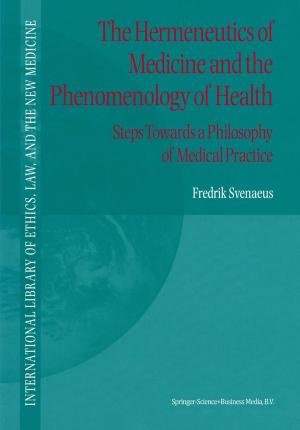Modern Potting Composts
A Manual on the Preparation and Use of Growing Media for Pot Plants
Kids, Natural World, Nonfiction, Reference & Language, Education & Teaching, Science & Nature, Science| Author: | A. C. Bunt | ISBN: | 9789401179362 |
| Publisher: | Springer Netherlands | Publication: | December 6, 2012 |
| Imprint: | Springer | Language: | English |
| Author: | A. C. Bunt |
| ISBN: | 9789401179362 |
| Publisher: | Springer Netherlands |
| Publication: | December 6, 2012 |
| Imprint: | Springer |
| Language: | English |
The last two decades have seen rapid advances in the technology used to produce pot plants. Glasshouses designed and orientated to give maximum light transmission, fully automatic heating and ventilating systems, carbon dioxide enrichment of the atmosphere, controlled photoperiods using automatic blackouts and incandescent lamps which enable plants such as chrysanthemum to be flowered at any time of the year, mist propagation techniques, chemical growth regulators which control the height of plants, automatic watering and feeding systems, etc.: these are only some of the developments which have transformed pot plant culture. There have also been many changes in the composts and systems used to grow the plants. Mineral soils, which formed the basis of the John Innes Composts, are now either too expensive or too difficult to obtain in suitable quality and sufficient quantity. Consequently the grower has been forced to seek other materials such as peat, perlite, vermiculite, plastic foam, shredded bark, etc. New types of fertilisers, new methods of heat sterilisation and new chemical sterilising agents are also being used.
The last two decades have seen rapid advances in the technology used to produce pot plants. Glasshouses designed and orientated to give maximum light transmission, fully automatic heating and ventilating systems, carbon dioxide enrichment of the atmosphere, controlled photoperiods using automatic blackouts and incandescent lamps which enable plants such as chrysanthemum to be flowered at any time of the year, mist propagation techniques, chemical growth regulators which control the height of plants, automatic watering and feeding systems, etc.: these are only some of the developments which have transformed pot plant culture. There have also been many changes in the composts and systems used to grow the plants. Mineral soils, which formed the basis of the John Innes Composts, are now either too expensive or too difficult to obtain in suitable quality and sufficient quantity. Consequently the grower has been forced to seek other materials such as peat, perlite, vermiculite, plastic foam, shredded bark, etc. New types of fertilisers, new methods of heat sterilisation and new chemical sterilising agents are also being used.















